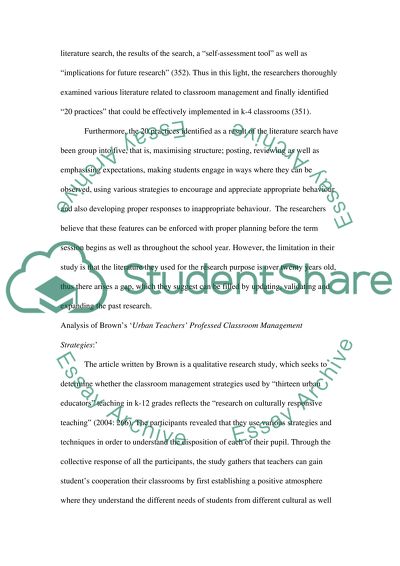Cite this document
(“Classroom management Research Paper Example | Topics and Well Written Essays - 1250 words”, n.d.)
Classroom management Research Paper Example | Topics and Well Written Essays - 1250 words. Retrieved from https://studentshare.org/education/1630929-classroom-management
Classroom management Research Paper Example | Topics and Well Written Essays - 1250 words. Retrieved from https://studentshare.org/education/1630929-classroom-management
(Classroom Management Research Paper Example | Topics and Well Written Essays - 1250 Words)
Classroom Management Research Paper Example | Topics and Well Written Essays - 1250 Words. https://studentshare.org/education/1630929-classroom-management.
Classroom Management Research Paper Example | Topics and Well Written Essays - 1250 Words. https://studentshare.org/education/1630929-classroom-management.
“Classroom Management Research Paper Example | Topics and Well Written Essays - 1250 Words”, n.d. https://studentshare.org/education/1630929-classroom-management.


